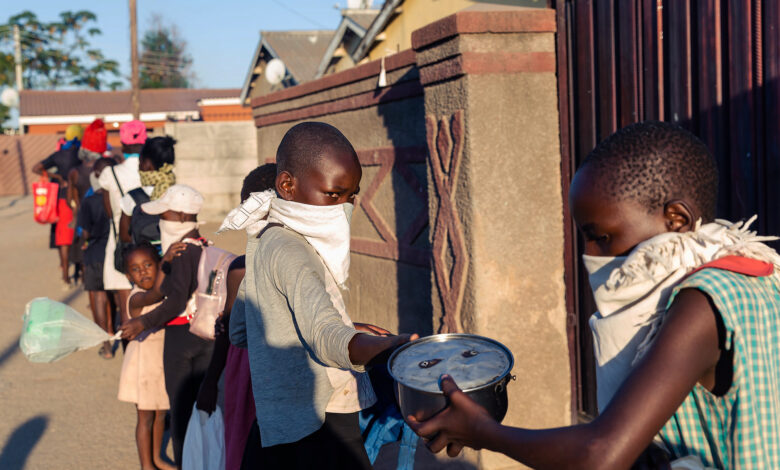2.2 Million People In Central African Republic In Serious Food Crisis
Central African Republic is facing a serious food crisis exposing about 2.2 million people to food insecurity, and may get worse if help does not come on time.

An estimated 2.2 million Central African Republic citizens are facing food insecurity due to the conflict in the country and high prices of foodstuff, according to the World Food Program (WFP).
The WFP indicated in a just published report on the food situation in the Central African Republic that the situation is expected to get worse from April to August, considered as a ‘hunger period’ when 45 per cent of the population would be in a very severe hunger crisis.
The report said the 2.2 million figure is the highest the Central African Republic has ever recorded.
About 640,000 people, representing 32 per cent of the population will be under a crisis situation if no assistance is received.
In Bangui, the capital, more than 153,000 people are in a very high situation of food insecurity, which is Phase three and four of the consumer price index (CPI).
Several sub-prefectures in the country have been placed under the Phase 3 and 4 of the CPI including, Obo, Zemio, Bakouma, Bangassou, Gambo, Rafai, Kaga-Bandoro, Bocaranga, Bossemtele, Bozoum, Koui, and Ngaoundaye, with 65 to 75 per cent of the population affected.
Among the 24 zones classified under Phase 4 are the sub-prefectures of Bocaranga, Koui, Ngaoundaye, and Obo where at least 30 per cent of the population are in emergency situations.
Other sub-prefectures placed under Phase 4 of the CPI where between 20 and 25 per cent of the populations are in emergency situations include Bamingui, Alindao, Mingala, Satema, Zangba, Bambouti, Zemio, Bria, Dekoa, Mala, Bakouma, Ouango, Kaga-Bandoro, Bakala, Ippy, Kouango, Batangafo, Kabo, and Bozoum.
The households most affected are those in the conflict zones where their harvests are looted or the people are forced to flee to other areas, leaving behind their means of livelihoods.
Zones with high presence of displaced persons and those with significant populations who have returned after abandoning their homes according to the report are considered to have high percentages of persons with high incidences of food insecurity due to high pressure on their means of livelihood.
Support Our Journalism
There are millions of ordinary people affected by conflict in Africa whose stories are missing in the mainstream media. HumAngle is determined to tell those challenging and under-reported stories, hoping that the people impacted by these conflicts will find the safety and security they deserve.
To ensure that we continue to provide public service coverage, we have a small favour to ask you. We want you to be part of our journalistic endeavour by contributing a token to us.
Your donation will further promote a robust, free, and independent media.
Donate HereStay Closer To The Stories That Matter




